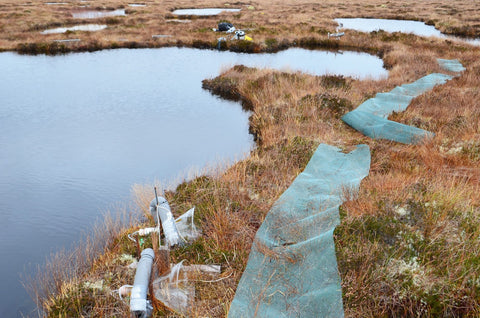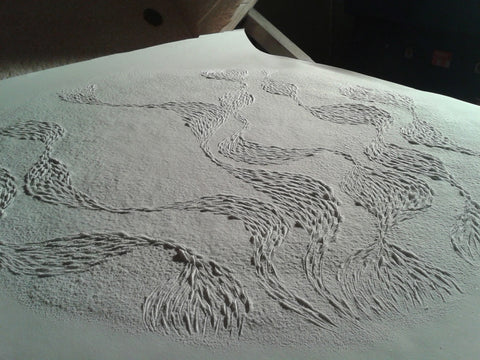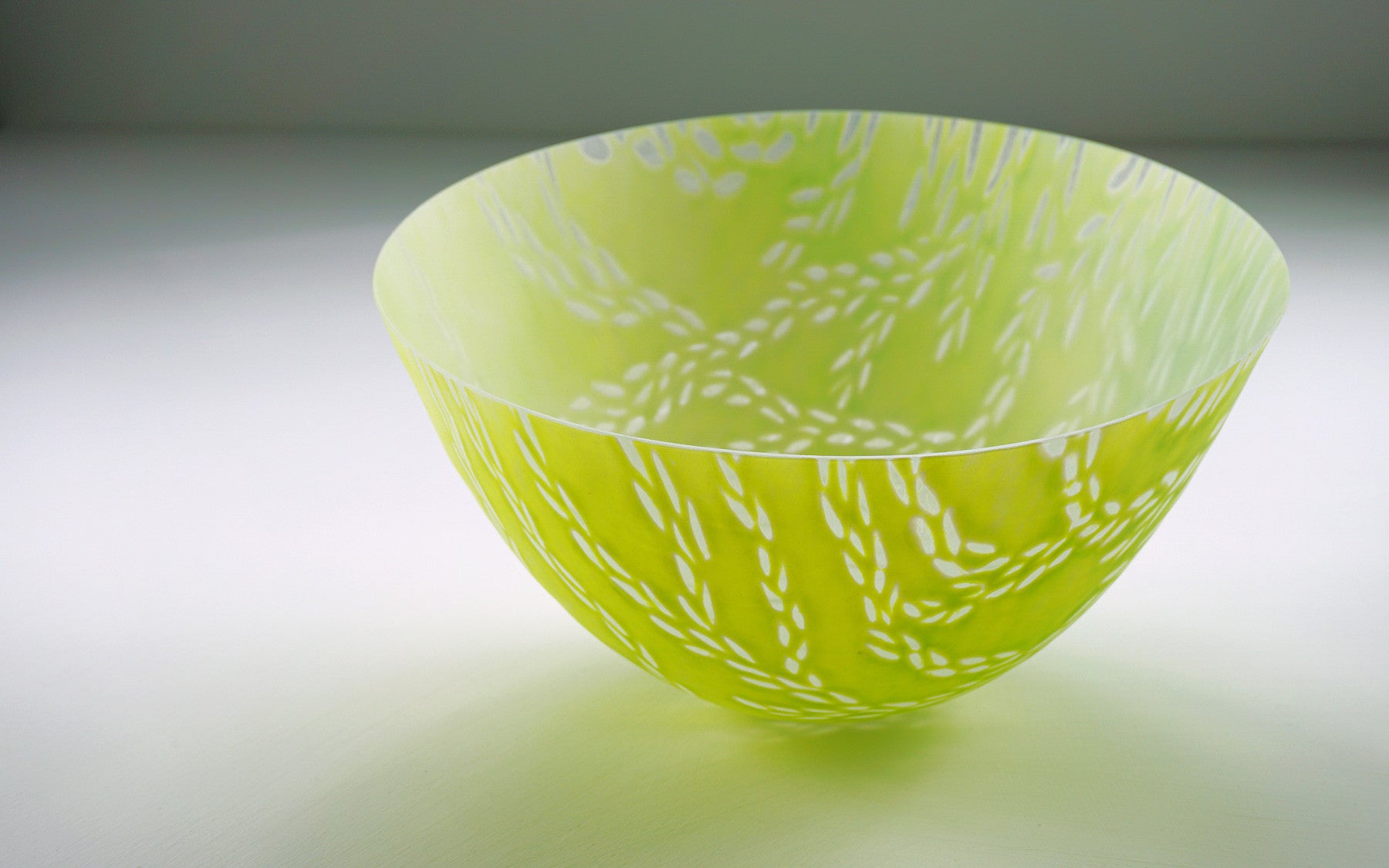This July saw the opening of my first solo show at The Scottish Gallery in Edinburgh. It was the culmination of a year's worth of work researching The Flow Country in Caithness and Sutherland in North east Scotland.
“Why should anyone bother to be interested in peat bogs and mires in general? They are not places where people have ever been notably comfortable. Indeed, in various ways our civilisation finds them very alien indeed. They are remarkably inaccessible, sometimes difficult to traverse on foot and always presenting obstacles to wheeled vehicles. They used to have a reputation for harbouring disease, and certainly the fen-men of former centuries were far from healthy.”
Dr Hugh A.P Ingram, University of Dundee
Conserving Peatlands
CAB International 1997
Why indeed? The Flow Country covering Caithness and Sutherland is thought to be the largest area of blanket bog in the world, and is as far away from where I grew up in Kent as it could be, without leaving the mainland, but it is a place in the world I feel very connected to. Since my first trip in 2008 to attend a Masterclass at North Lands Creative Glass I’ve returned to this area one or twice a year, enticed by the huge land and sea scapes enhanced by the northerly light. It is a region that is polar opposite, in terms of compass and landscape, to where I now live in rural Dumfries and Galloway. I love these contrasts.
In 2015 I was invited on a residency at Lyth Arts Centre in Caithness by residency officer Karlyn Sutherland and owner William Wilson. It was a pilot project investigating artists working with the Environmental Research Institute based at Thurso. It was here I got to delve deeper into The Flow Country and learn about the impact of renewable energy on local Scottish wildlife especially the sea bird population.


Work Created for Open Spaces
We all have our favourite outside escapes, by the sea, up a mountain; mine are the wide open lands of The Flow Country. I’m also lucky to live in a very rural part of Dumfries & Galloway near the Galloway hills and my favourite parts of this land are the large open, mostly boggy type spaces which we are surrounded by.

I have made work that investigates peat formation, the many layers of bog moss Sphagnum and other bog species create the thick Catotelm bottom layer that can be many metres deep, built up over many years. This layer stores the carbon; it is thought that the Flow Country carbon store is greater than all the forests and trees in the UK put together. The top living layer, Acrotelm, can be up to 40cm deep. Moss is constructed with a single layer of cells that have a large water holding capacity and a slow rate of decay. The main fascination I have with peat is its ‘natural museum’ properties that can preserve whole items for centuries in its many layers and how precious it is in terms of controlling climate change.

Preciousness and vulnerability are continuing themes in my work and help form the very nature of my glass pieces. I make them as lightweight and as thin as possible whilst ensuring a strong finished piece. My Skyform works capture the huge, continually changing sky scapes of these open spaces, whilst thinking of the many birds in these rural areas, hence the ‘egg’ forms of the skyscapes.

The North Lands series come from the colours and patterns found across Caithness in the stones and on the many beaches. The lichen varieties that can be found on the dykes and abandoned croft houses have an amazing range of colours from pale yellow, powdery greens and bright oranges. Their patterns of growth are echoed in the seaweed strands; these designs can be seen as hidden outlines within some of my pieces that only show in certain lights.

Process
My design process includes photography from the field and research of colour and pattern through printmaking. I find Japanese Woodblock Watercolour printing easy to translate into the layering and mark making I use in the glass work.
I work on a clear thin piece of sheet glass, sifting on layers of glass powders in varying contrasting colours and make marks directly into the raw, unfired glass. Once fired I will flip the glass over and work on the second side as the final object will be 3D both sides of the glass can be seen. Once I am happy with this ‘blank’, which may take a few more firings, I will then ‘slump’ the vessel form through a hand cut aperture. Using the physics of mass, heat, time and gravity the glass becomes pliant and will free form a deep vessel form. I finish my pieces using many cold working processes to shape and mark the glass including sandblasting, hand lapping, diamond point and wheel engraving.

Open Project Funding from Creative Scotland
I was supported by Creative Scotland to create larger scale works, the grant enabled me to buy a larger size flatbed diamond grinder and gave me time in the studio to create a large body of work for my first solo show.


0 comments